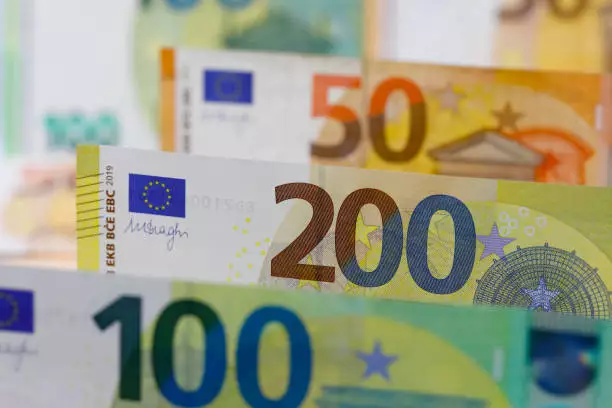As of Friday, the EUR/USD exchange rate hovers around 1.0806, showing remarkable stability in a world fraught with economic uncertainty. Despite earlier gains, the Euro has struggled to build upon its recent successes. The market’s attention is irresistibly drawn to the impending US employment report for February, set to be released later today. This crucial announcement could dramatically influence the trajectory of the Euro against the US dollar, triggering a notable response from investors and traders.
Factors Impacting Exchange Rates
Recent geopolitical shifts and trade dilemmas have left their mark on the USD’s value. President Donald Trump’s recent decision to exclude select Canadian and Mexican imports from a new wave of tariffs has provided a temporary lifeline for the dollar. This development sparked optimism regarding potential trade negotiations that could alleviate some of the anxieties hanging over US commerce. Nevertheless, despite this short-term bullish sentiment, the dollar is poised to close the first week of March with losses exceeding 3%, a sign of the widening gap between policy decisions and market responsiveness.
The looming trade war continues to foster fears of adverse effects on the broader US economy, with industries heavily reliant on international trade facing the brunt of negative repercussions. In contrast, the Euro is buoyed by expectations of increased governmental expenditures, particularly in Germany, with a spotlight on defense initiatives. This potential for fiscal expansion is further enhanced by the European Central Bank’s (ECB) recent move to reduce its interest rate to 2.65%, a decision that was largely anticipated yet still provides a fundamental support base for the Euro.
Technical Insights and Future Projections
Delving into technical analysis, the H4 chart of the EUR/USD reveals that it recently completed a bullish wave culminating at 1.0850. It now finds itself entrenched in a temporary consolidation phase near the 1.0800 mark. Analysts predict that a breakdown from this level could usher in a decline towards the critical psychological barrier of 1.0600. This anticipated movement aligns with the MACD indicator’s downward trajectory, which has observed its signal line dip below zero, suggesting emerging weakness in the Euro.
On a closer look, the H1 chart further emphasizes the current consolidation. Traders are eyeing a predictive move towards 1.0730, which may be succeeded by a retest of 1.0800 from a bearish standpoint. Should this bearish momentum maintain its grip, the target could indeed extend towards 1.0400, raising alarms amongst Euro bulls. The Stochastic oscillator also indicates a shift in momentum, as its signal line, currently above 80, is preparing for a drop towards the 20 range, further supporting a bearish outlook.
The Road Ahead: Challenges and Opportunities
As we await the US job data release, the landscape remains precarious for the EUR/USD. The currency pair’s current resilience appears precarious against the backdrop of potential USD strength that could be unleashed by favorable employment figures. The intricate balance between ongoing trade provocations and ECB policy distinctly shapes the Euro’s fate. While the Euro may have short-term supportive factors, the hard truth remains that technical indicators warn of impending declines. Ultimately, this underlines the inherent volatility of foreign exchange markets, summarizing the fine line between opportunity and risk for traders navigating these turbulent waters.

